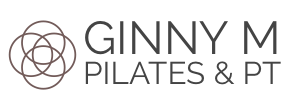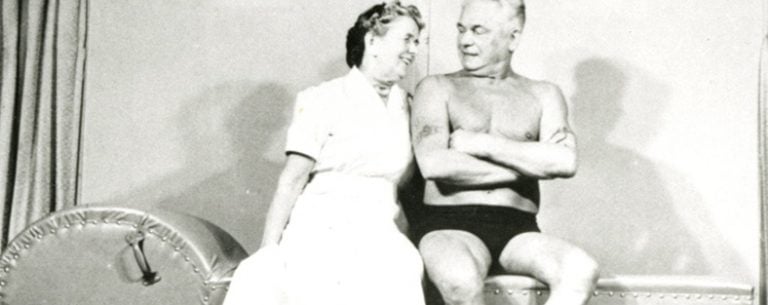Joseph Pilates was born in Germany in 1883 and as a child suffered with asthma, rickets and other ailments and used athletics and exercise to try to cure his illnesses. He developed his knowledge and adopted the Greek philosophy of the connection between mind, body and spirit, and began to develop his own unique ideas and exercises.
Once an adult, and rid of illnesses, Joseph became a skier, body builder, boxer and gymnast. He was introduced to martial arts by his father and in 1912 he moved to England and worked in Scotland Yard as a self defence trainer.
During World War 1 he was interned with other German nationals. Continuing with his philosophy, Pilates taught exercises to his fellow prisoners. Later on in the war he served as an orderly in a hospital in Isle of Man and helped patients unable to walk. He used bed springs and contraptions on the bed to help patients move their limbs as part of rehabilitation, leading to the development of the ‘Cadillac’ and other equipment used in pilates studios today.
In 1920s he emigrated to New York with his wife and set up a body conditioning gym. The studio featured the equipment that Pilates developed and it soon become popular among dancers for its rehabilitation and injury prevention techniques.
In 1945 Pilates published a book called ‘Return to Life through Contrology’, studied by many students, allowing Pilates to continue beyond his death in 1967.
Clara, Joseph’s wife, became the main teacher of Pilates exercises in the studio and passed on the knowledge to apprentices. Clara was said to, by the Pilates Elders (those who were taught directly by Joseph and Clara in New York), have developed individual adaptions to the original exercises to suit individual needs.
The Pilates Elders continued to teach pilates, developing and evolving Pilates exercises, although much of Joseph’s core work and the philosophy and movement patterns are deeply routed in Pilates of today.

